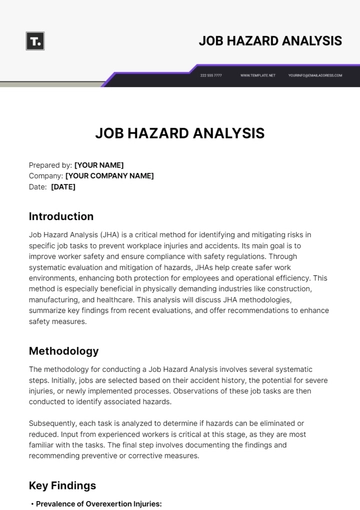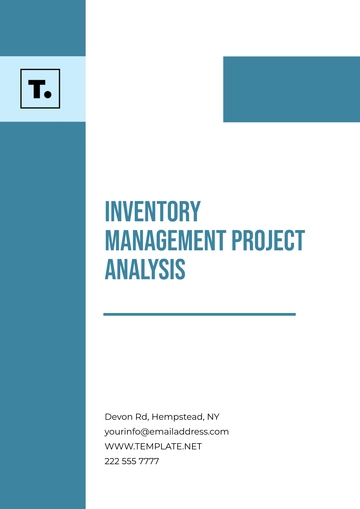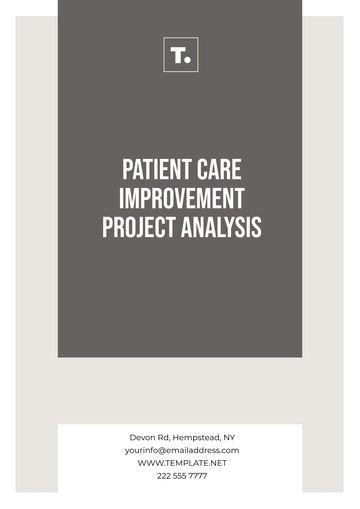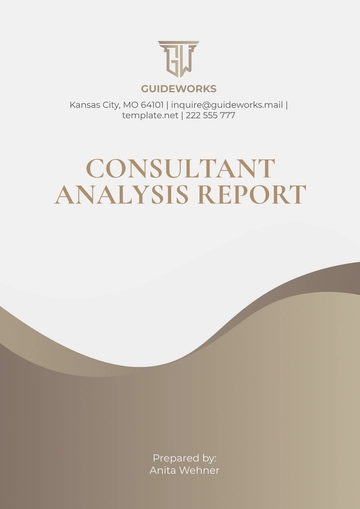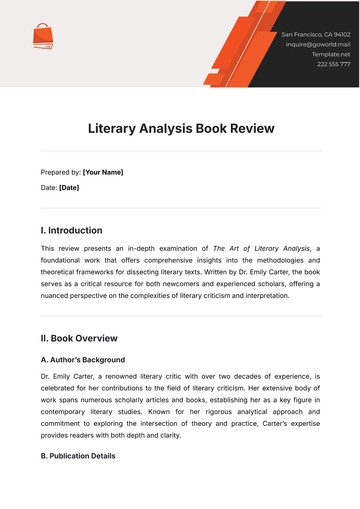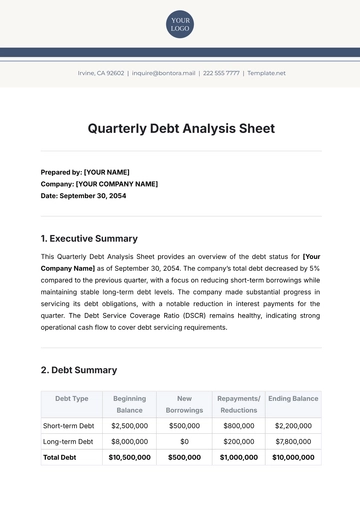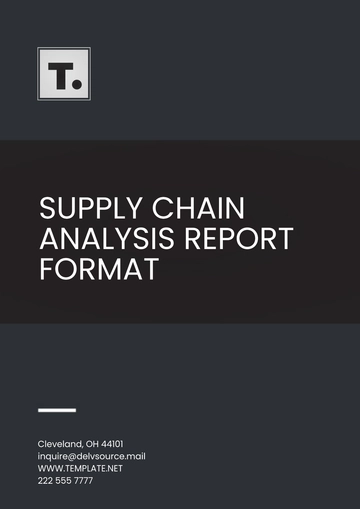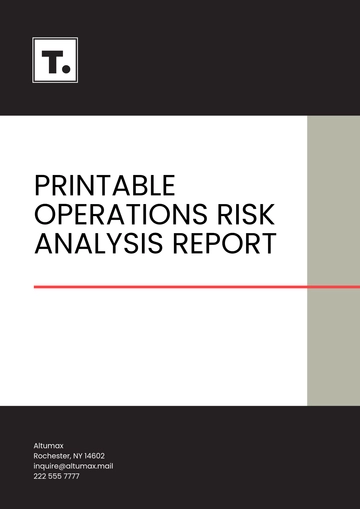Free Blank Business Impact Analysis

1. Introduction
The purpose of this Business Impact Analysis (BIA) is to evaluate and document the potential impact of disruptions to key business processes and to establish priorities for recovery. This analysis identifies the most critical functions that need to be restored quickly to minimize operational, financial, legal, and reputational damage to the organization.
2. Business Unit Overview
Business Unit Name: [Insert Business Unit Name]
Department Head: [Insert Department Head's Name]
Prepared by: [Insert Preparer's Name]
Date: [Insert Date]
Business Unit Function: This business unit is responsible for [insert description of the main function, e.g., managing customer accounts, overseeing supply chain logistics, handling marketing operations, etc.].
3. Critical Business Functions
This section identifies the key business processes that are crucial to the organization's operations:
Process 1: [Process name]. This process involves [briefly describe what this process entails, such as handling transactions or overseeing production]. It is critical because [describe why it's important, e.g., it directly impacts revenue generation or customer satisfaction].
Owner: [Owner name]
Frequency: This process occurs [daily, weekly, monthly].
Priority Level: High priority.
Dependencies: This process depends on [software systems, personnel, external vendors, etc.].
Process 2: [Process name]. This process includes [brief description]. It is essential because [state its importance, such as maintaining regulatory compliance or managing key partnerships].
Owner: [Owner name]
Frequency: Occurs [daily, weekly, monthly].
Priority Level: Medium priority.
Dependencies: Relies on [key applications, staff, third-party vendors].
Process 3: [Process name]. This process handles [description]. Its role is [state its impact on the business, e.g., ensuring operational efficiency or supporting customer service].
Owner: [Owner name]
Frequency: [Daily, weekly, monthly].
Priority Level: Low priority.
Dependencies: Dependent on [tools, personnel, other processes].
4. Impact of Disruption
In this section, we assess the impact of disruptions to each critical process and the organization-wide consequences:
Process 1: If disrupted, this process would result in high financial losses, a major operational breakdown, and a significant negative impact on compliance and reputation. The estimated Recovery Time Objective (RTO) for this process is 4 hours, and the Maximum Allowable Downtime (MAD) is 24 hours.
Process 2: The disruption of this process would lead to moderate financial impacts and a slowdown in operations. There may be some compliance issues and minor customer dissatisfaction. The RTO is estimated at 8 hours, and the MAD is 48 hours.
Process 3: A disruption here would result in minor operational effects with low financial impact. It is unlikely to cause significant legal or reputational issues. The RTO is 24 hours, and the MAD is 72 hours.
5. Resource Requirements
The resources needed to recover and restore the critical processes include personnel, technology, and external support:
Process 1: To recover, the key personnel involved include [list names or roles]. The technological resources required are [list any servers, software, data, etc.]. Physical resources such as [offices, equipment, or hardware] may also be necessary. Additionally, external dependencies such as [vendors, and partners] will be involved.
Process 2: Key personnel needed for recovery include [names or roles]. Technological resources such as [specific applications, and systems] are essential. External services from [specific vendors] will also support recovery efforts.
Process 3: Personnel required are [list roles]. Necessary technology includes [software, and systems], while physical resources such as [equipment, and office space] may be needed for recovery. No significant external dependencies are anticipated.
6. Recovery Strategies
The recovery strategies outline how the organization will restore operations following a disruption:
Process 1: The recovery strategy involves restoring data from backup systems and shifting operations to a disaster recovery site, if necessary. In the interim, manual processing will be used for critical operations and remote work will be implemented for key personnel.
Process 2: Services will be re-established through cloud-based recovery solutions. Customers will be informed of potential delays. If needed, third-party service providers will assist in maintaining core functions.
Process 3: This process can be restored gradually. As it is a low priority, other critical processes will take precedence. Staff will be cross-trained to handle the workload if key personnel are unavailable.
7. Conclusion
This Business Impact Analysis identifies the critical business functions that require swift recovery in the event of a disruption. By prioritizing these functions and outlining the necessary resources and recovery strategies, the organization can minimize downtime and financial loss while maintaining legal compliance and protecting its reputation.
- 100% Customizable, free editor
- Access 1 Million+ Templates, photo’s & graphics
- Download or share as a template
- Click and replace photos, graphics, text, backgrounds
- Resize, crop, AI write & more
- Access advanced editor

